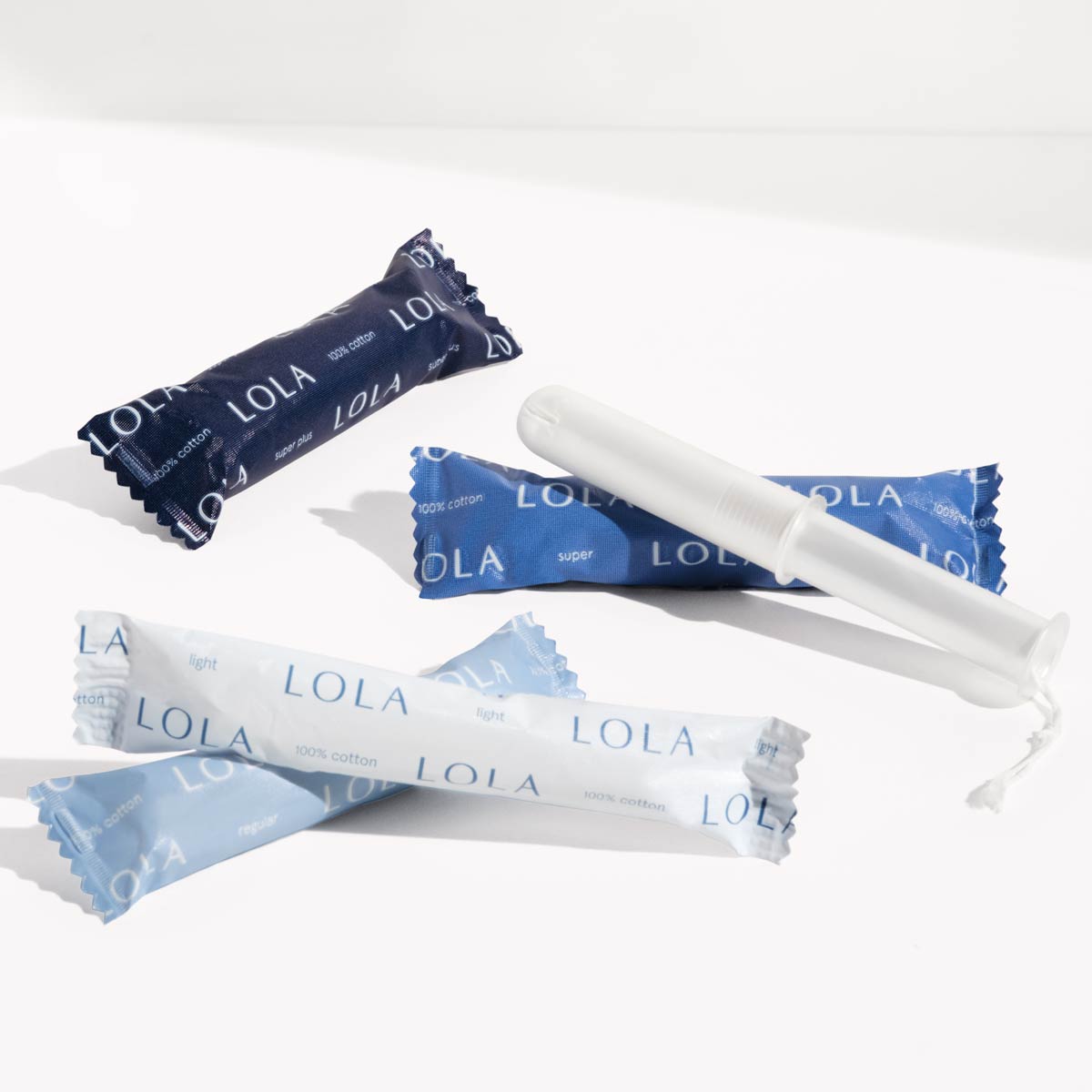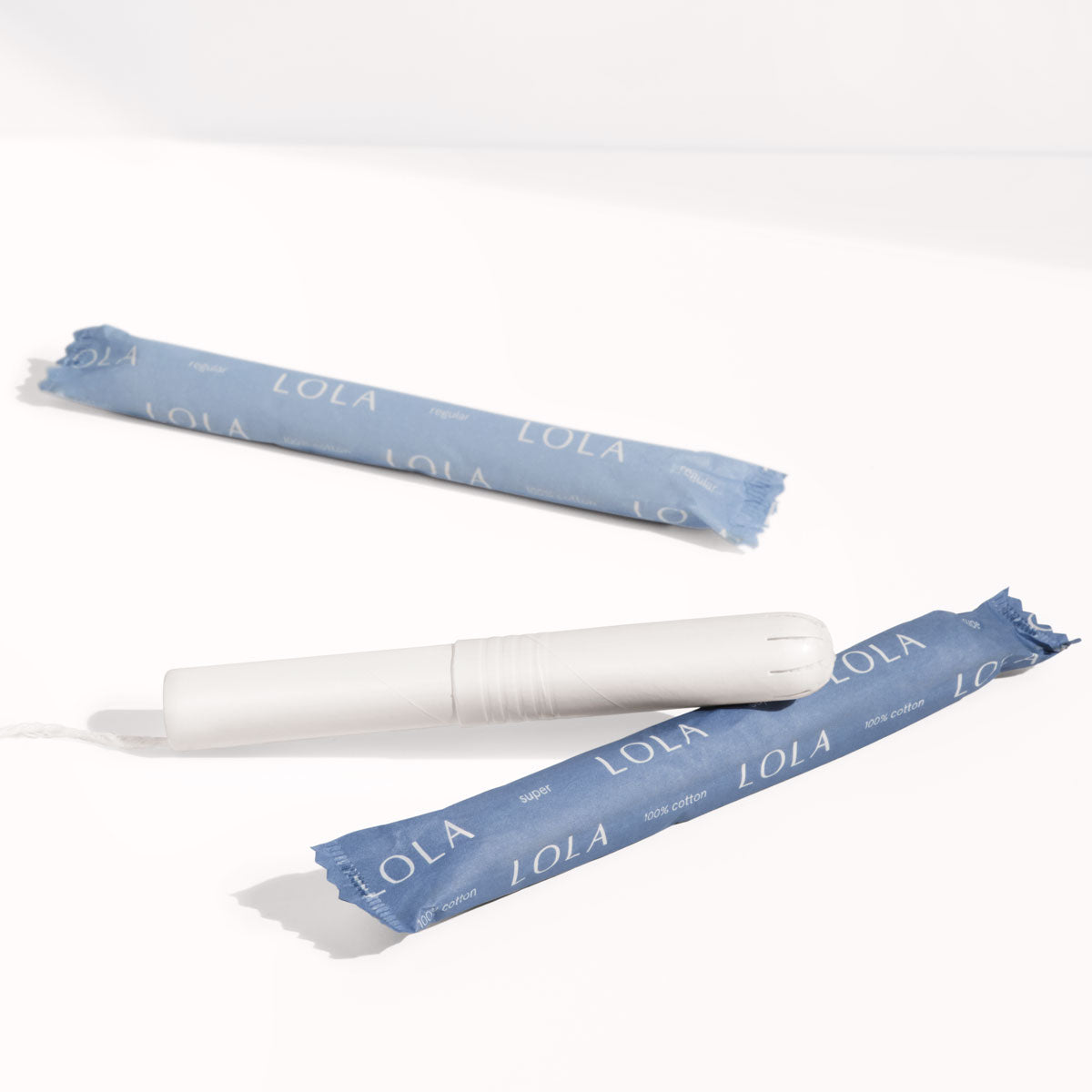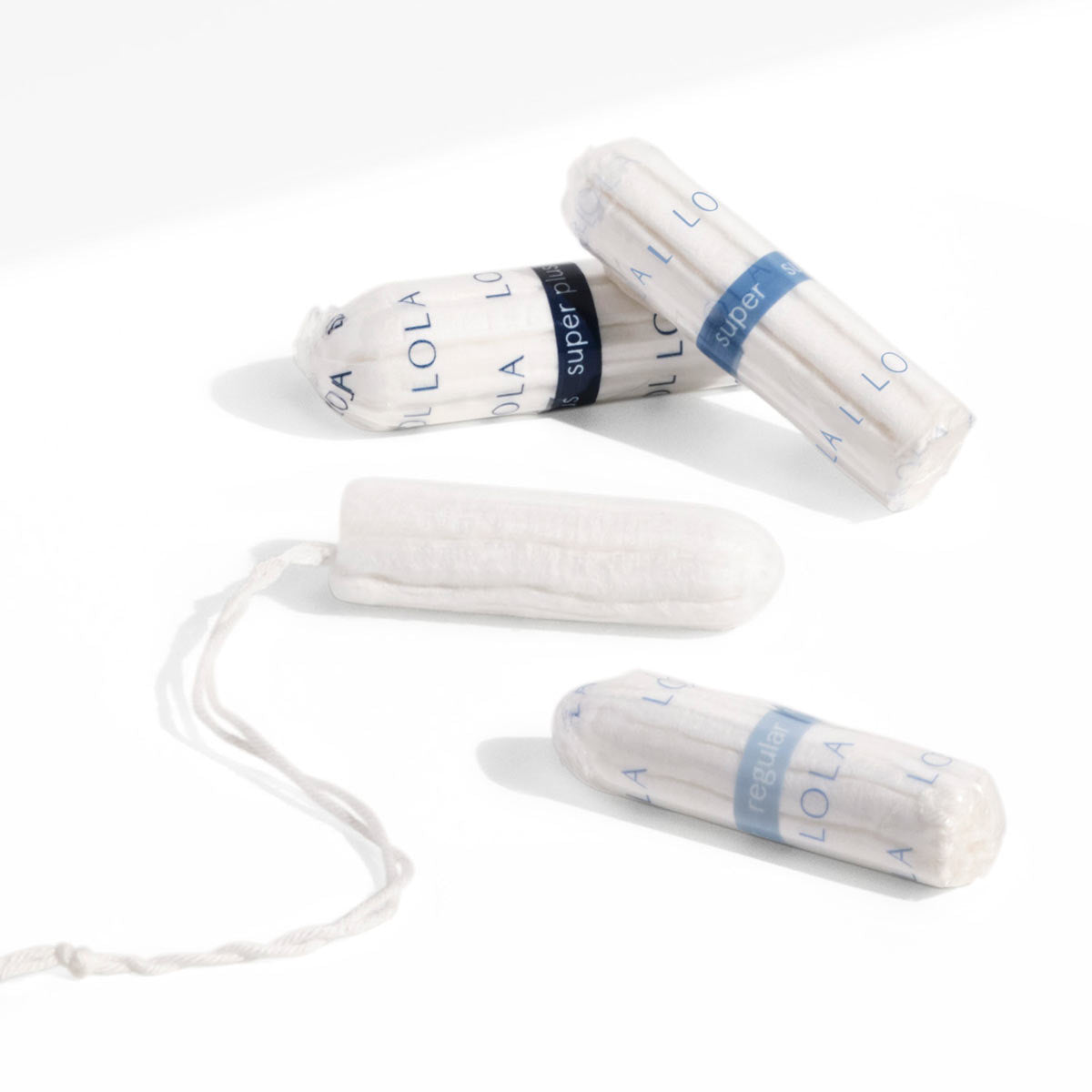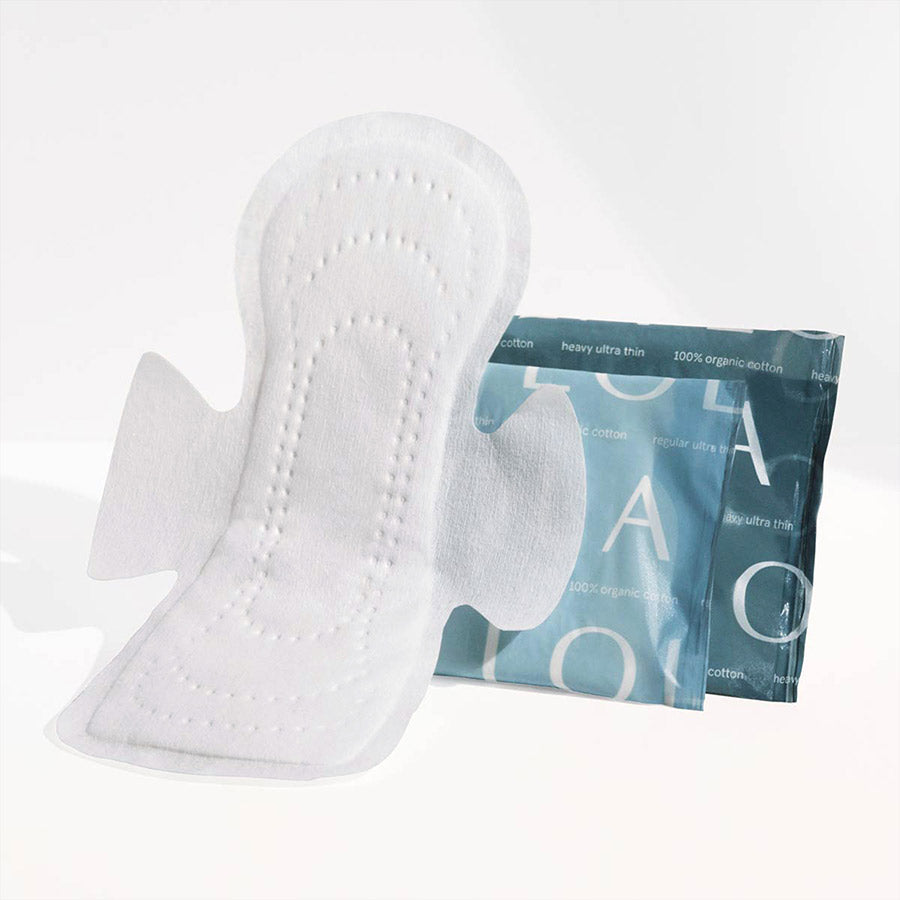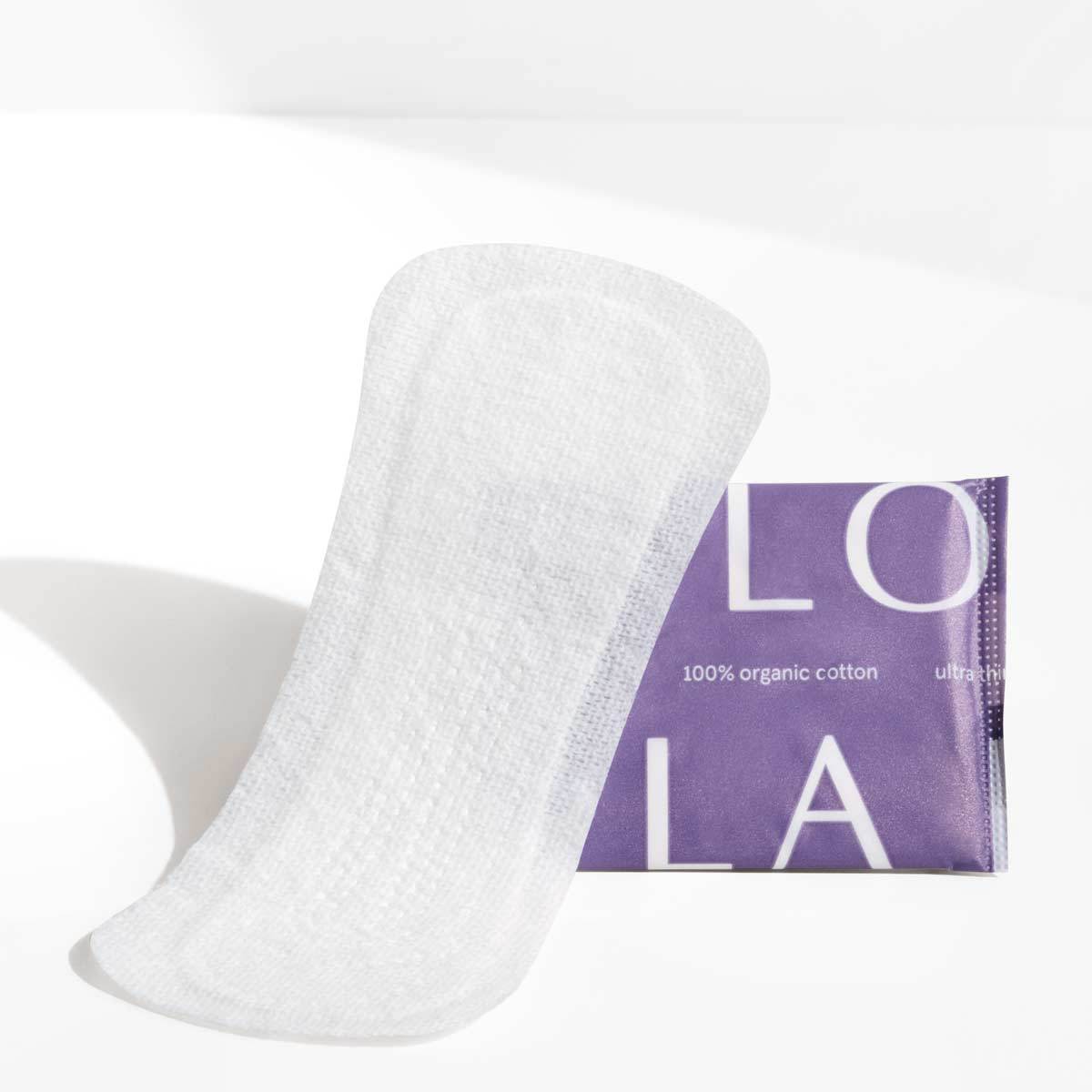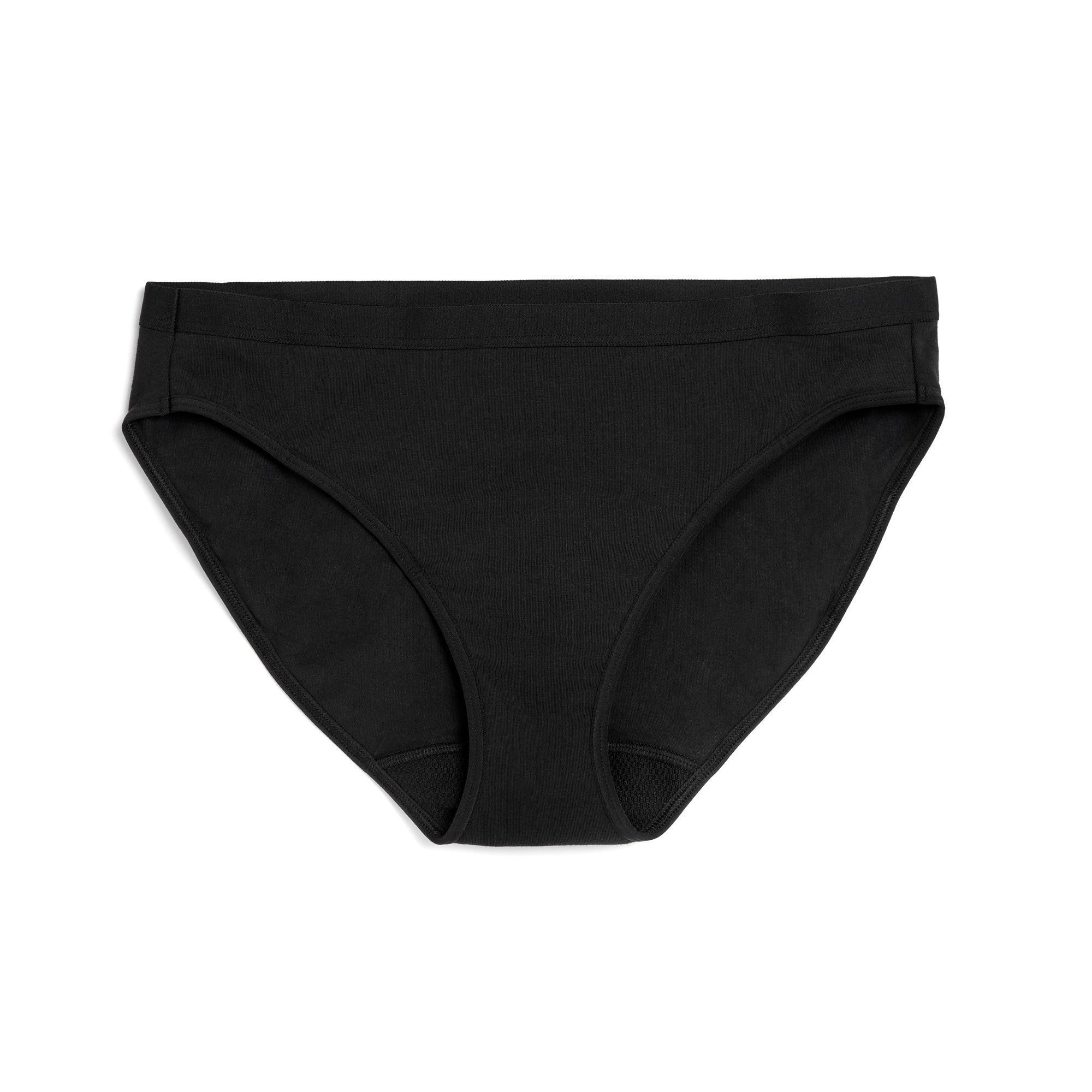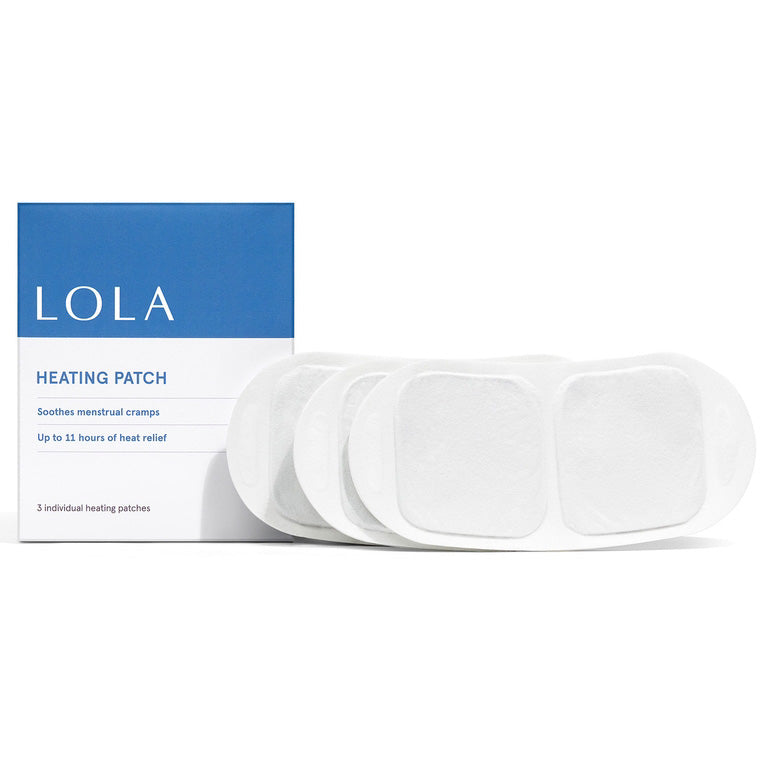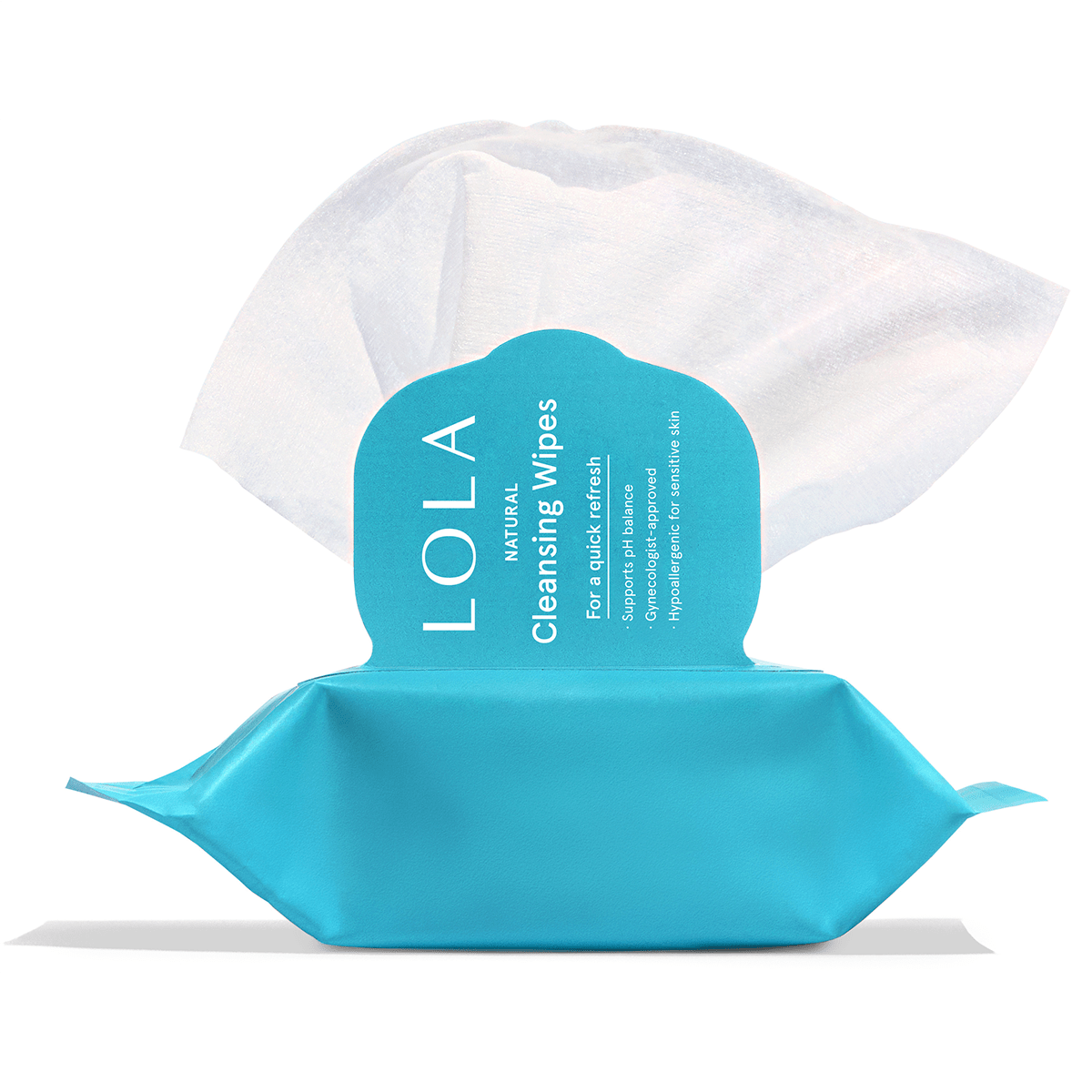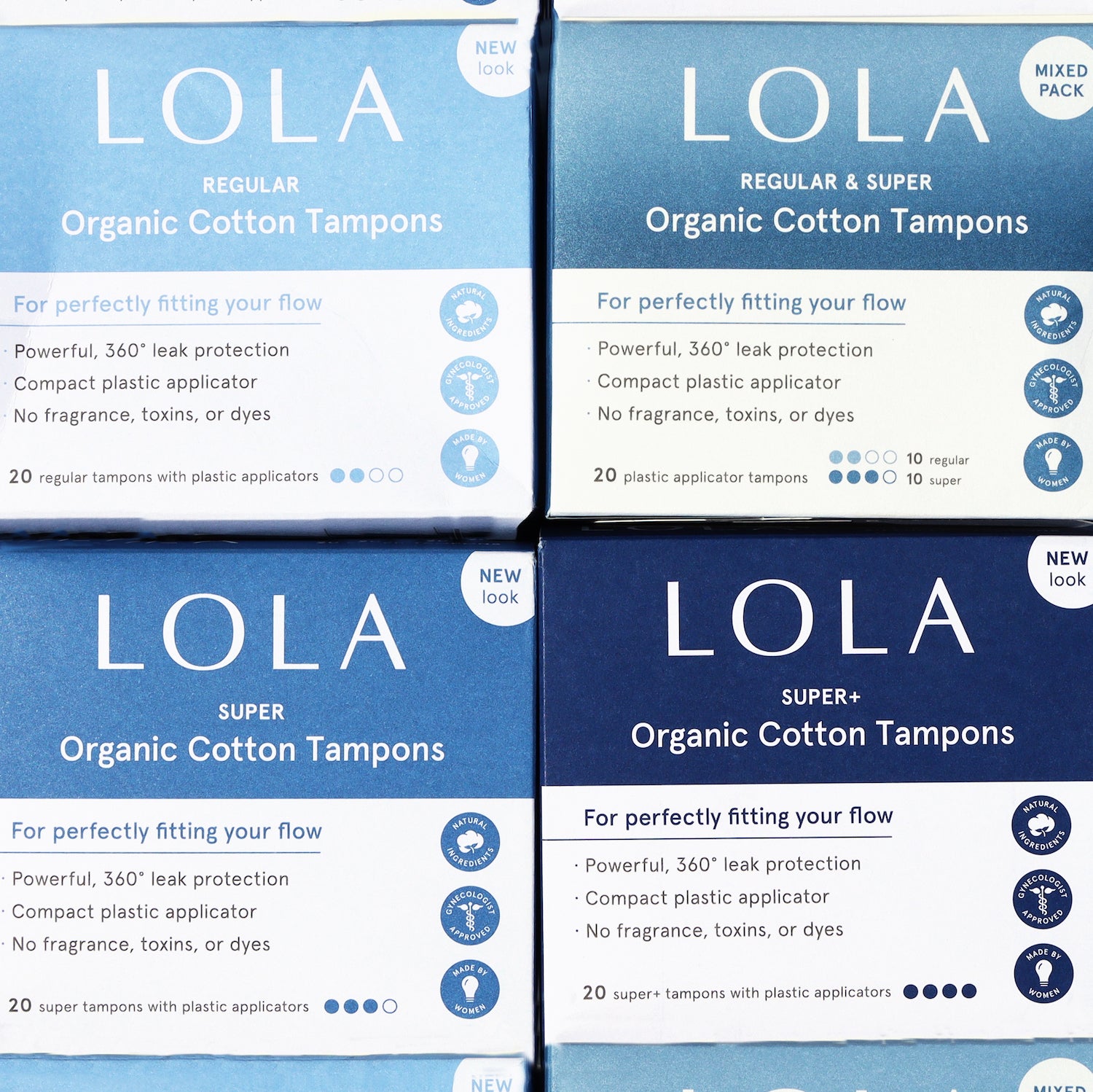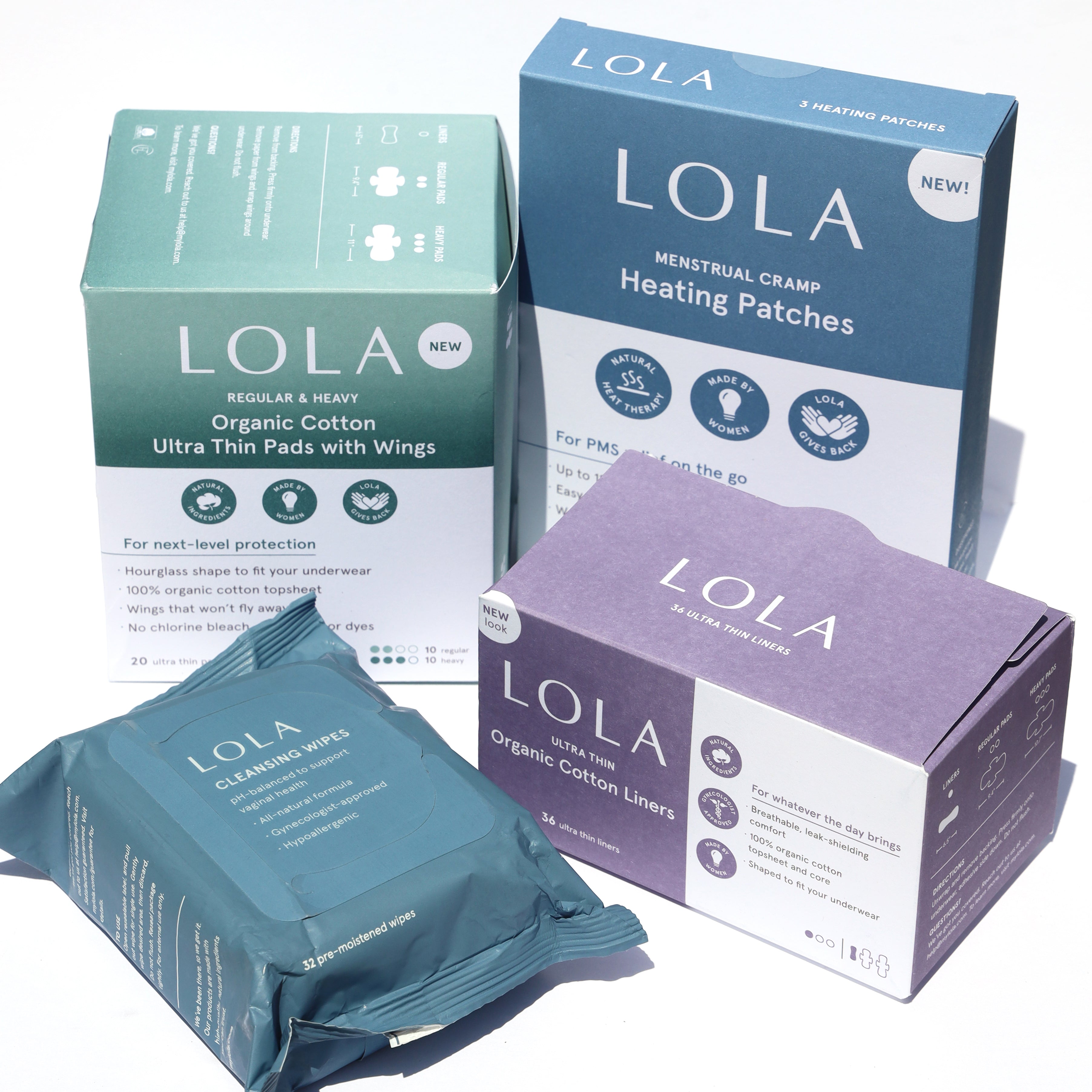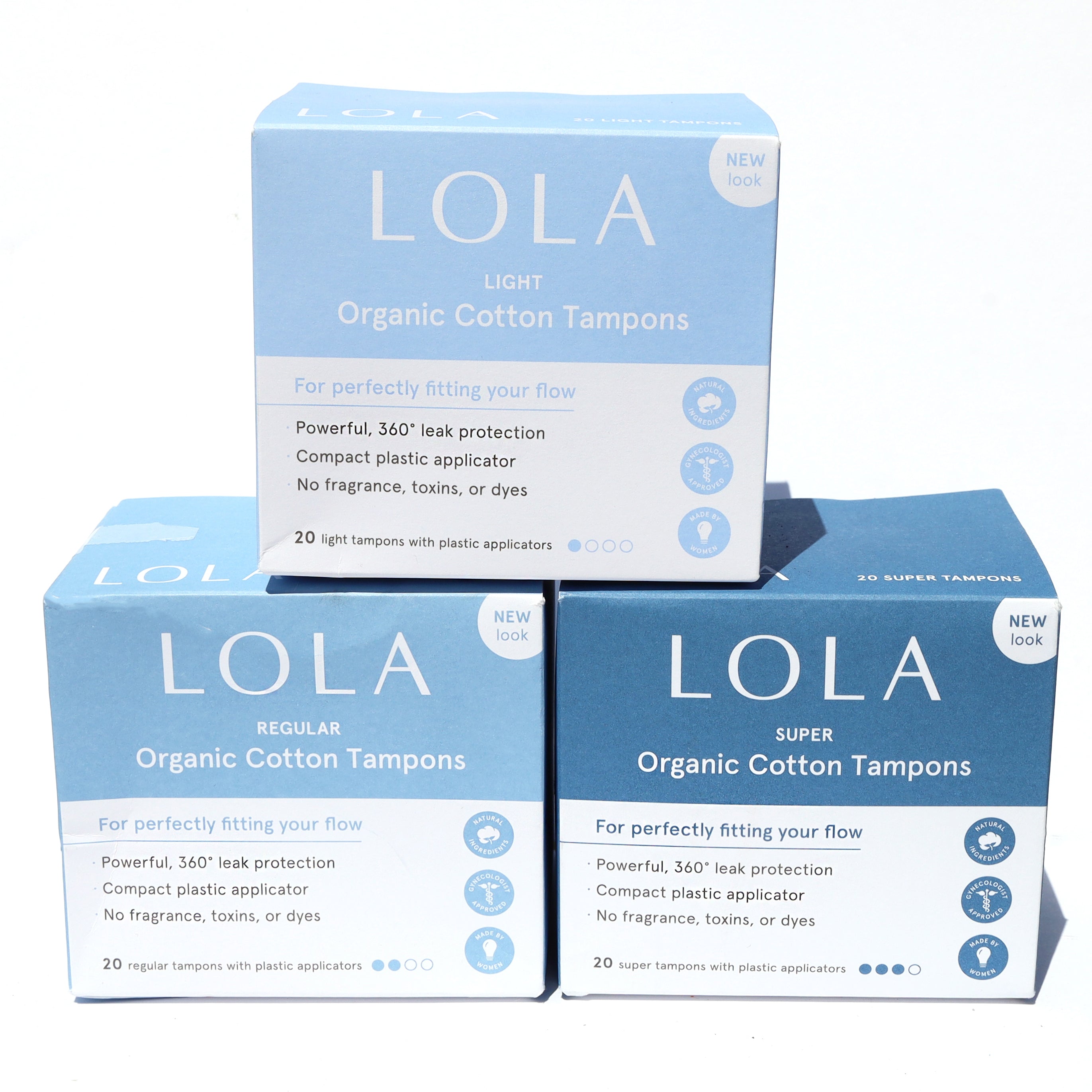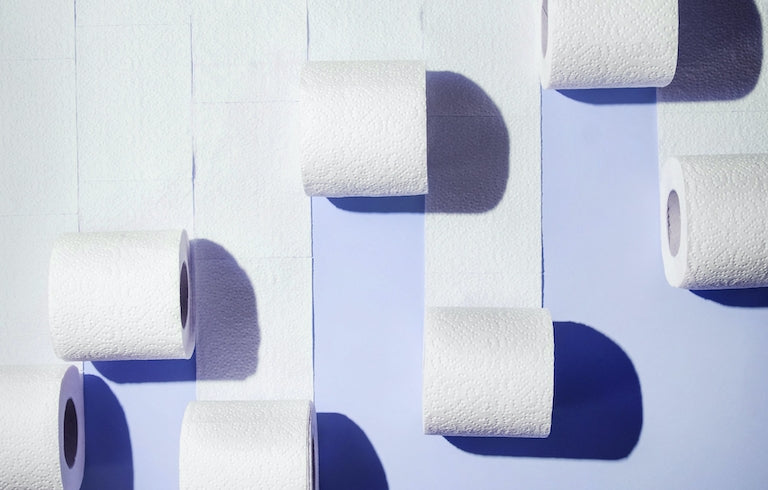On Amy Schumer's HBO special, the comedian announced one of her New Year's resolutions was to, "just once take off a pair of underwear and make it not look like I blew my nose in it."
Discharge, while perhaps cringeworthy to discuss, is actually necessary to genital health and perfectly normal. Hilda Hutcherson, a Professor of Obstetrics and Gynecology at Columbia University, says that discharge and moisture are needed for optimal vaginal health.
"It keeps delicate vaginal tissue from drying out and protects the acid pH of the vagina, which protects from infection," she says.
But what is it exactly that is seemingly leaking from your vagina on a regular basis? Well, according to Hutcherson, discharge is made up of cells that are shed daily from the vaginal walls, secreted by glands in the cervix, vagina, and other parts of the reproductive organs. Vaginal discharge typically starts during puberty. In fact, all women of reproductive age produce at least some discharge, but expect discharge to decrease dramatically after menopause.
You've probably been warned, too, to keep an eye on your discharge as it could be a sign of sexually transmitted diseases or something else that might be wrong. Cervical discharge can tell you a lot about your menstrual health. Dr. Navya Mysore, a primary care physician and director at One Medical, explains how your discharge changes based on the phase of your cycle.
Cervical discharge changes are based on our estrogen-progesterone balance and where you are in your cycle. At the beginning of your cycle or when you start your period, your estrogen levels are low so you should have little to no cervical discharge. Leading up to ovulation, your estrogen levels are rising and you may notice a creamier texture to your discharge which is typically an eggshell color. At ovulation, your discharge is usually at its peak in terms of volume and has a stickier, slippery texture and can be egg white in color. A day or two after ovulation, your estrogen levels drop and progesterone takes over. Here, your cervical discharge quickly lightens and for some, it can totally stop.
If there's a change in your discharge, don't freak out, just know what to look for:
1. Texture
Women produce discharge throughout their menstrual cycle, including during their periods. If there's a texture change, it might be tied to the timing of your cycle. "[Discharge] becomes more clear and stringy just before ovulation to allow transportation of sperm through the cervical canal," Hutcherson says. "It becomes thicker and white days after ovulation."
2. Color
Color can also be a red flag. Green, gray or deep yellow are signs of bacterial infection (bacterial vaginosis, trichomonas) or yeast. However, don't be so fast to jump to the conclusion that you have a yeast infection if you're seeing thicker discharge. It could just be that your vagina is shedding more of its lining.
Yellow discharge could also be a sign of gonorrhea or chlamydia, which typically don't have symptoms besides colored discharge, according to Hutcherson. If it's red or pink, it's a sign of bleeding, which is only a concern if it's not associated with the beginning or end of your period.
3. Odor
Odor is a common cause for concern for women, as many women can get wrapped up in their fear of of how their vagina smells. But Hutcherson says not to be concerned with how you might smell (or taste).
"Every woman has her own scent, and it is never distasteful unless there is an infection, in which case it will smell foul," she says. "See a doctor if you have itching, burning, unusual color, foul odor, or heavy, watery discharge that continues for more than a few days."
But that heavy, watery discharge could just be normal and sometimes might be related to sex if you're not using a condom. Discharge can become watery as semen leaks out and may change in odor for a day or so because semen is alkaline, while vaginal discharge is acidic, Hutcherson says.
Just remember: "There is nothing wrong with having a good deal of vaginal secretions as your baseline," she says. "Better wet than dry!"
Try our amazing organic feminine products. We offer the best organic pads and organic panty liners.
